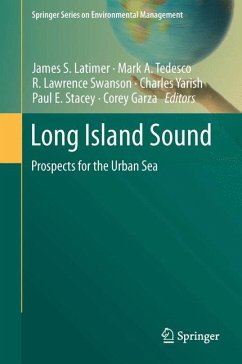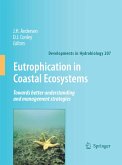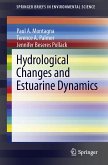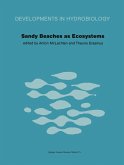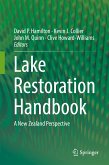Six technical chapters summarize our knowledge about the human history, geology, physical oceanography, geochemistry, pollutant history, and biology and ecology of Long Island Sound. The last chapter identifies the linkages between science and environmental management, drawing extensively from hard-learned lessons on identifying threats and implementing strategies to confront them. This synthesis will be of interest to anyone engaged in the conservation and restoration of coastal ecosystems: scientists, students, managers, planners, and environmentalists.
"This massive, multidisciplinary synthesis is a welcome contribution to the understanding of Long Island Sound, providing not only new knowledge, but important information relevant to managers of coastal ecosystems. It will provide an extremely valuable resource for Long Island Sound for many years to come."
Gene E. Likens Founding Director and President Emeritus Cary Institute of Ecosystem Studies, Millbrook, NY
"Long Island Sound: Prospects for the Urban Sea" is a majornew and timely contribution to the literature on one of the nation's most important estuaries. Prospects for all our estuaries are changing, primarily as a result of coastal development and effects associated with climate change particularly sea level rise and increased power of storm surges, rising temperatures and ocean acidification. This book provides valuable insights into understanding these impacts and into how to improve the prospects for the qualities and uses of Long Island Sound most important to society and to creating and maintaining a healthy, productive ecosystem. Many of the lessons are transferrable to other estuaries and coastal systems."
Jerry R. Schubel President and CEO Aquarium of the Pacific, Long Beach, California
Dieser Download kann aus rechtlichen Gründen nur mit Rechnungsadresse in A, B, BG, CY, CZ, D, DK, EW, E, FIN, F, GR, HR, H, IRL, I, LT, L, LR, M, NL, PL, P, R, S, SLO, SK ausgeliefert werden.
"This multiauthored work provides chapters on the geology, physical oceanography, water chemistry, and ecology of Long Island Sound, sandwiched between chapters providing an overview of societal uses of the sound and a consideration of past and future management of its resources. ... The well-written chapters provide competent, detailed summaries of each topic area. ... Summing Up: Recommended. Upper-division undergraduates and above." (S. R. Fegley, Choice, Vol. 51 (11), August, 2014)

